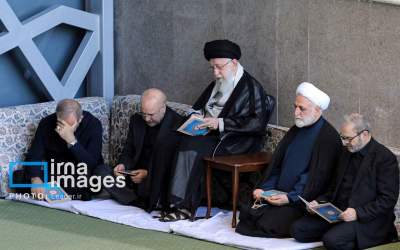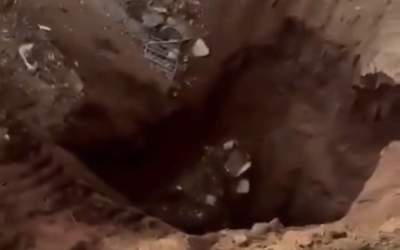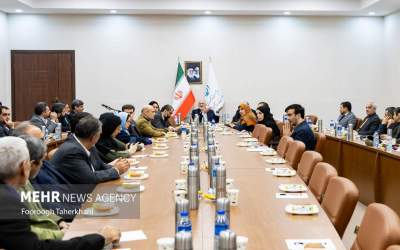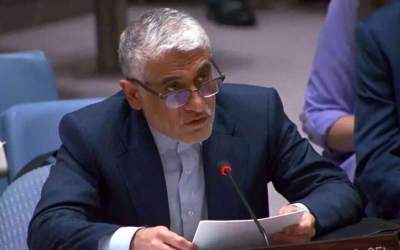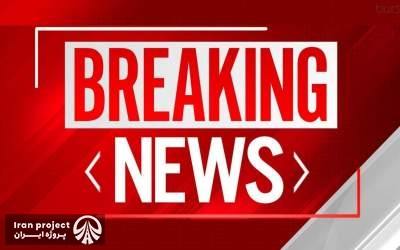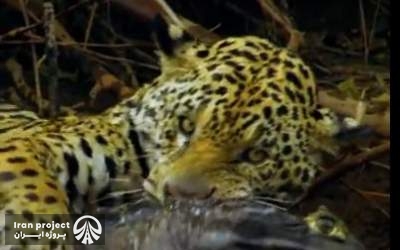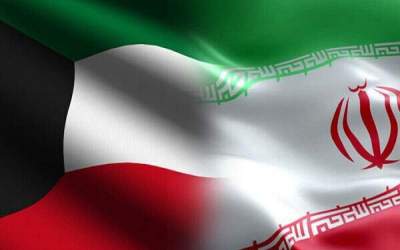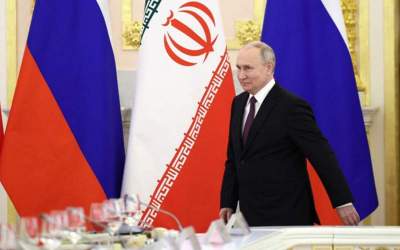By the late 2000s, however, the international partners in the first two ventures were forced to abandon the projects given the intensification of nuclear sanctions against Iran.�What remained was the third project, Iran LNG, and the frustration in Tehran that massive investments in the LNG sector had�gone to waste.�In fact, in light of the withdrawal of international companies and potential technology providers, Iran excluded any role for LNG in its subsequent�gas sector strategy.
Developments in a number of fields have since compelled Iranian�petroleum sector�strategists to reconsider and take a more serious look at LNG. The factors contributing�to the shift in strategy include the following:
- Growth in gas production: Iran�s actual�gas production�and potential for exports have increased substantially, allowing the country to plan for major export activity.
- Availability of Western technology: The lifting of nuclear sanctions has made it feasible for Tehran to again�secure the needed technologies and equipment to construct LNG complexes.
- Demand outlook for LNG: The growth projection for LNG is such that global demand will grow by 50% in 2020 compared with demand in�2014.
- Changing geostrategic realities:�Qatar is Iran�s most significant competitor in the global LNG market, and an improvement in relations between them�in the aftermath of the Saudi-led blockade against Qatar has paved the way for a more pro-active LNG strategy in Iran.
- Commitment to stop the flaring of gas: Tehran envisions a total�ban on flaring gas�in the South Pars gas fields by 2020,�a process that can be facilitated through converting some of the freed gas to LNG through so-called floating LNG (FLNG) capacity.
Read More Here

